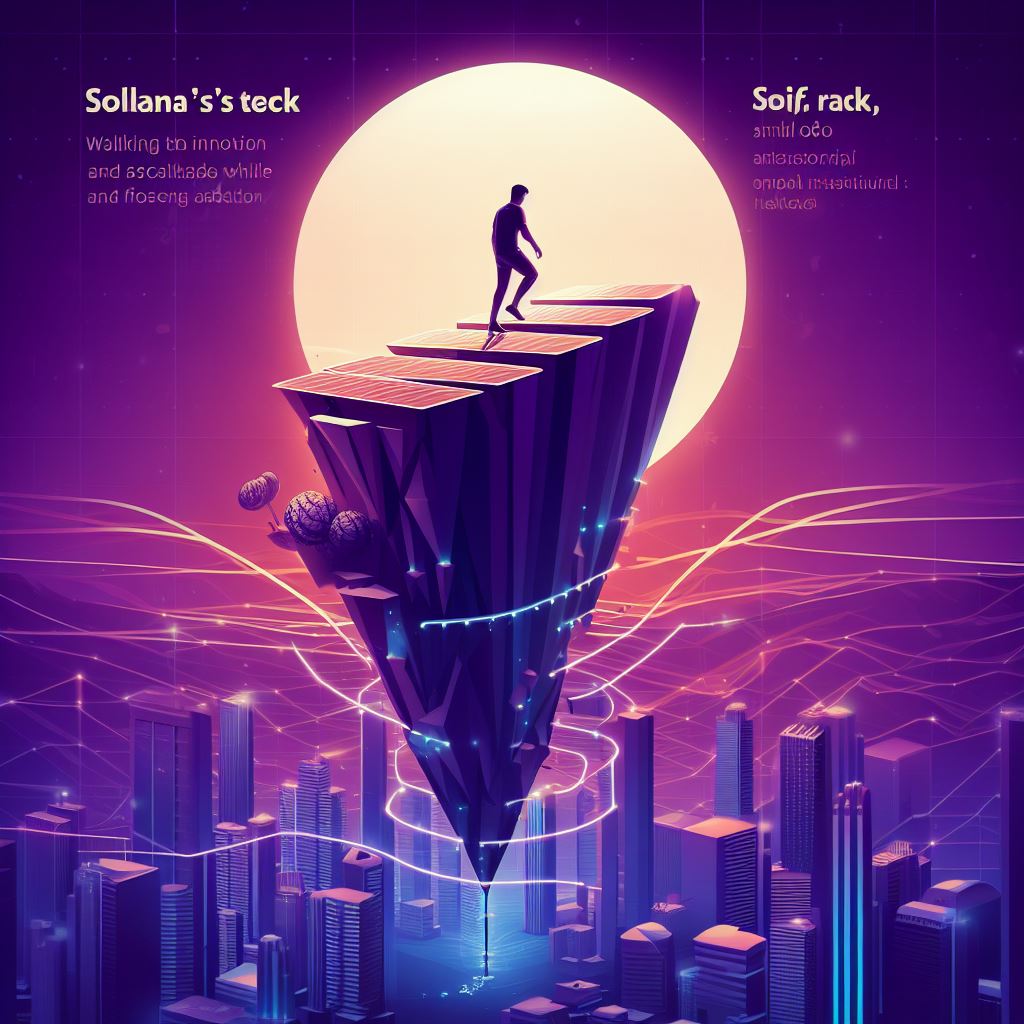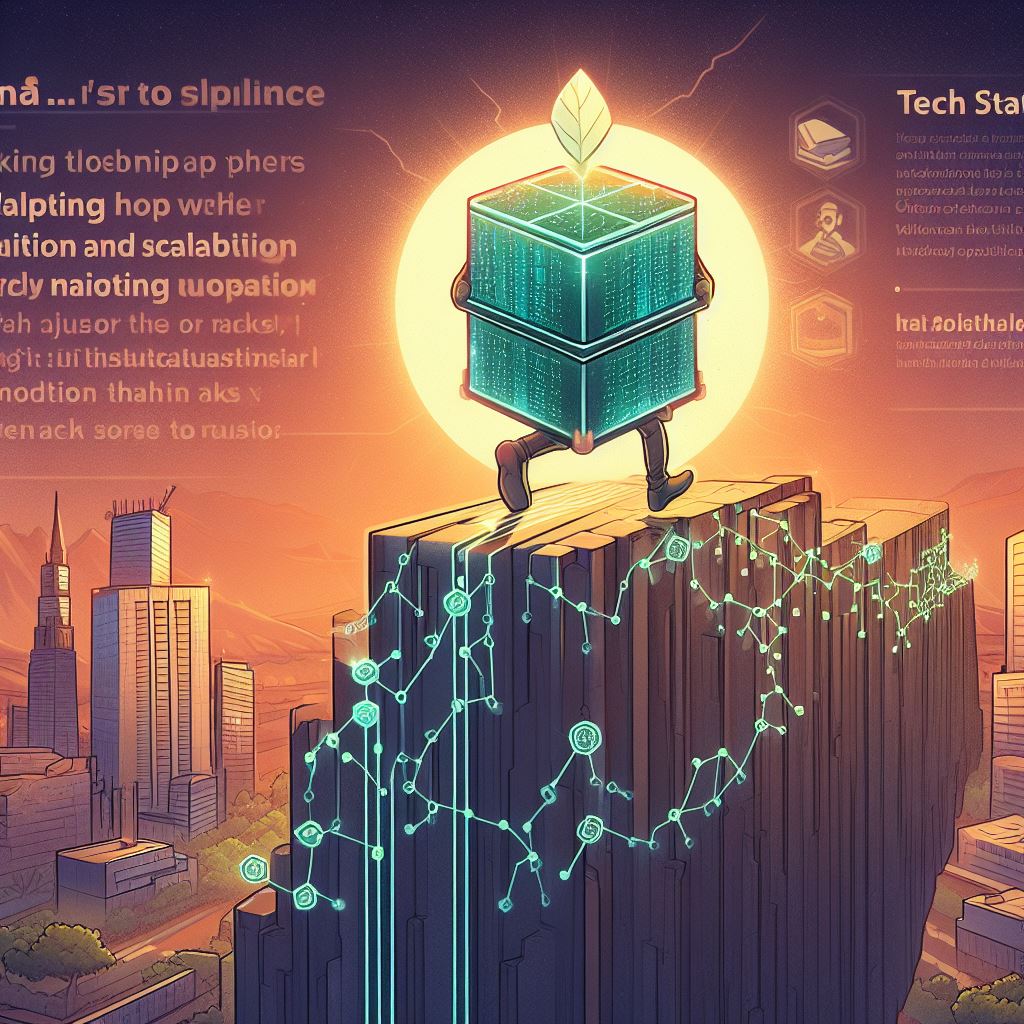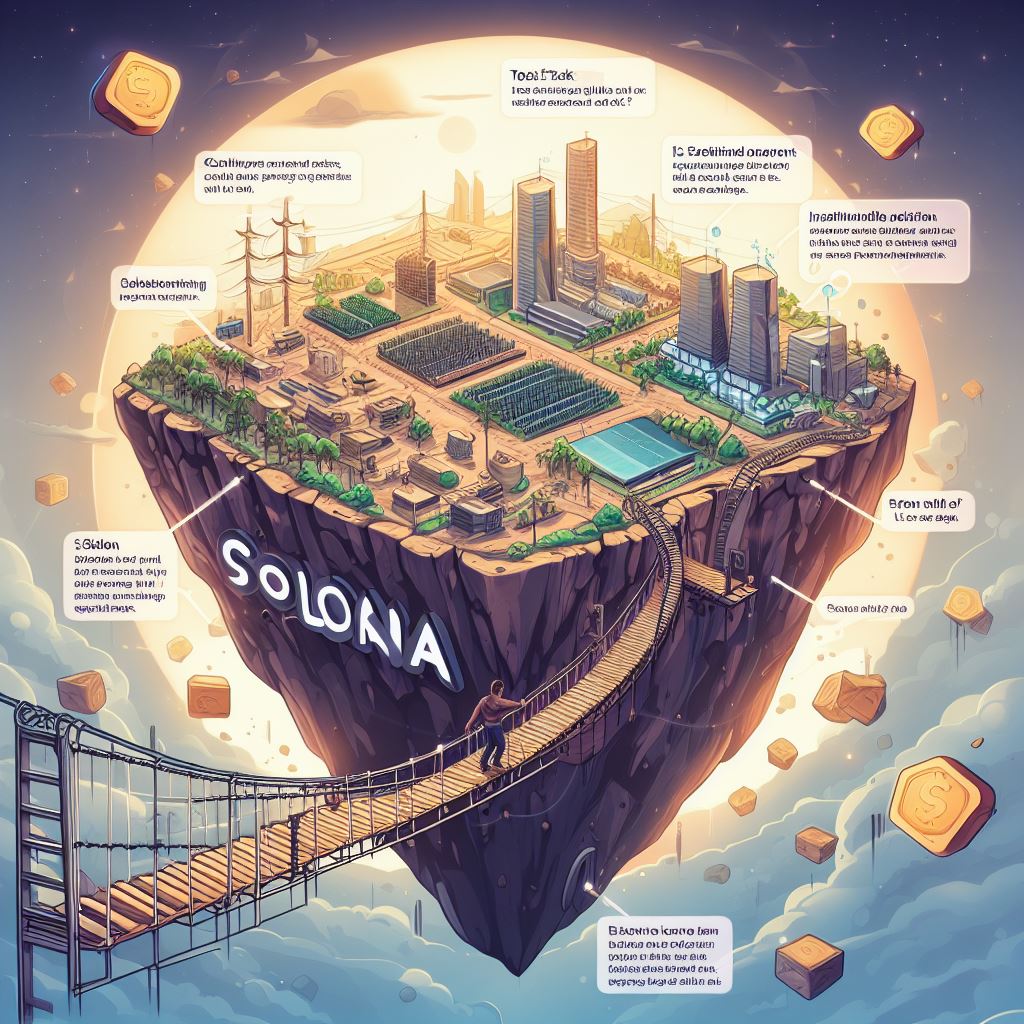
Solana: achievements, potential, and challenges
Date
10/06/2023Date
TechnologyTech Stack and Resilience
Solana has been making strides in its tech stack, focusing on scalability and resilience. The shift to state compression tech has been a game-changer for NFT minting, slashing costs dramatically. This gives Solana a significant edge, especially as NFTs continue to be a hot market. The introduction of QUIC over UDP is another vital upgrade that addresses past downtime issues, bringing about that 100% uptime year-to-date you mentioned.

Institutional and Enterprise Adoption
Visa's integration for USDC settlements and Shopify partnerships are a big deal. These moves not only validate Solana's tech but also provide it with a massive user base that can take advantage of its speed and low fees. The Hyperledger Solang addition aims to lower the entry barrier for devs from the Ethereum ecosystem, which could further drive adoption.
DeFi and Liquid Staking
Solana's DeFi landscape is burgeoning but still has room to grow, especially in liquid staking. Comparatively, Ethereum has a larger share of its native tokens in liquid staking protocols. Given Solana's higher staking yield and similar risk profile to Ethereum, there's a considerable opportunity for growth here. New entrants like Jito, which even brings in MEV rewards, are promising.

Risks
The looming uncertainty around FTX/Alameda’s SOL holdings could be a risk factor. Any massive liquidation could have a domino effect on market sentiment and prices. Network halts and bridge exploits are also areas where Solana needs to tread carefully to maintain its reputation.
Upcoming Catalysts
The Firedancer upgrade is something to keep an eye on. If it delivers on its promise, we could see Solana scaling to new heights. New DeFi apps like Phoenix, Drift Protocol, and Kamino Finance also seem promising, and their success could bring more liquidity and users into Solana's ecosystem.
Decentralization
Solana is making efforts to be more decentralized, as evidenced by its Nakamoto Coefficient and the diversity of its validator clients. However, the geographical concentration of nodes, mainly in the U.S., could be a slight concern. But hey, Rome wasn't built in a day, and decentralization is a process, not an end state.

Final Thoughts
Solana is walking the tightrope between innovation and scalability while managing risks and fostering adoption. It's a tough act, but so far, so good. Its tech stack improvements and increasing institutional adoption are strong indicators of its growing maturity. However, as with any crypto asset, there are inherent risks and uncertainties, be it from large stakeholder actions or potential network issues. What's exciting is the chain's commitment to pushing the envelope, whether that's through state-of-the-art tech upgrades like Firedancer or through fostering a diverse DeFi and NFT ecosystem. This commitment not only keeps the current user base engaged but also attracts new users and developers to the platform. So yeah, Solana's got its challenges, but it also has a ton of tailwinds that could propel it into becoming a dominant force in the crypto landscape.